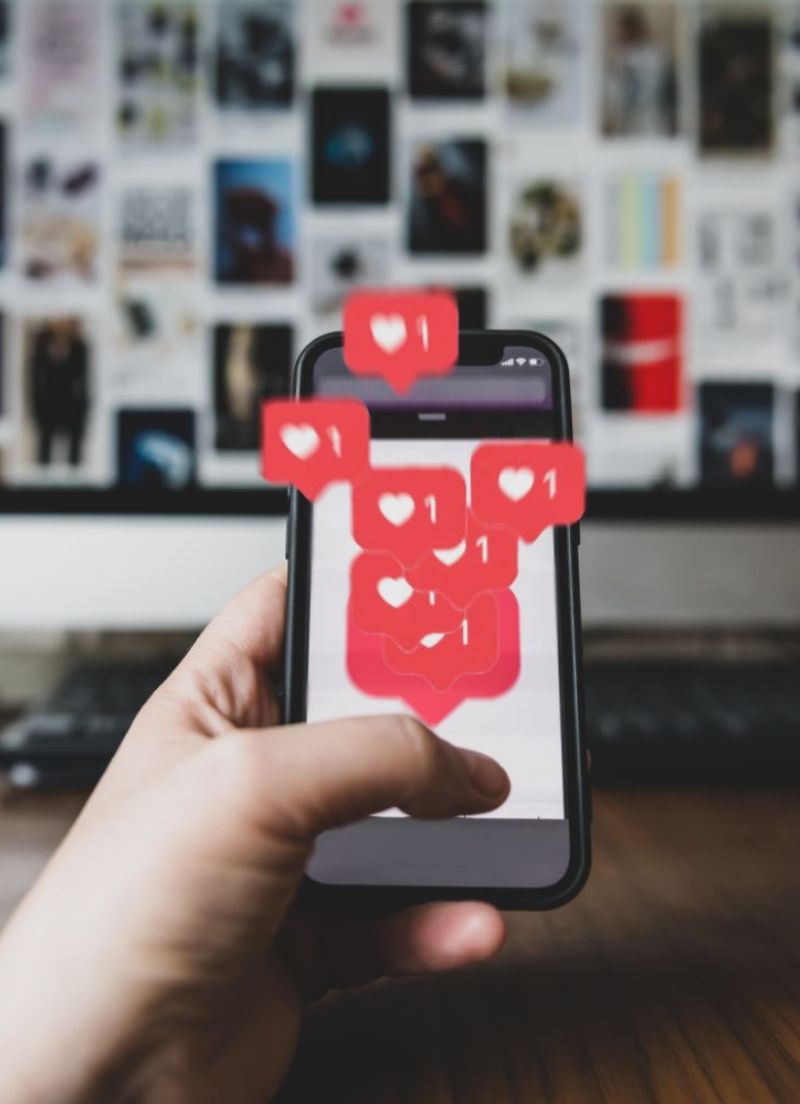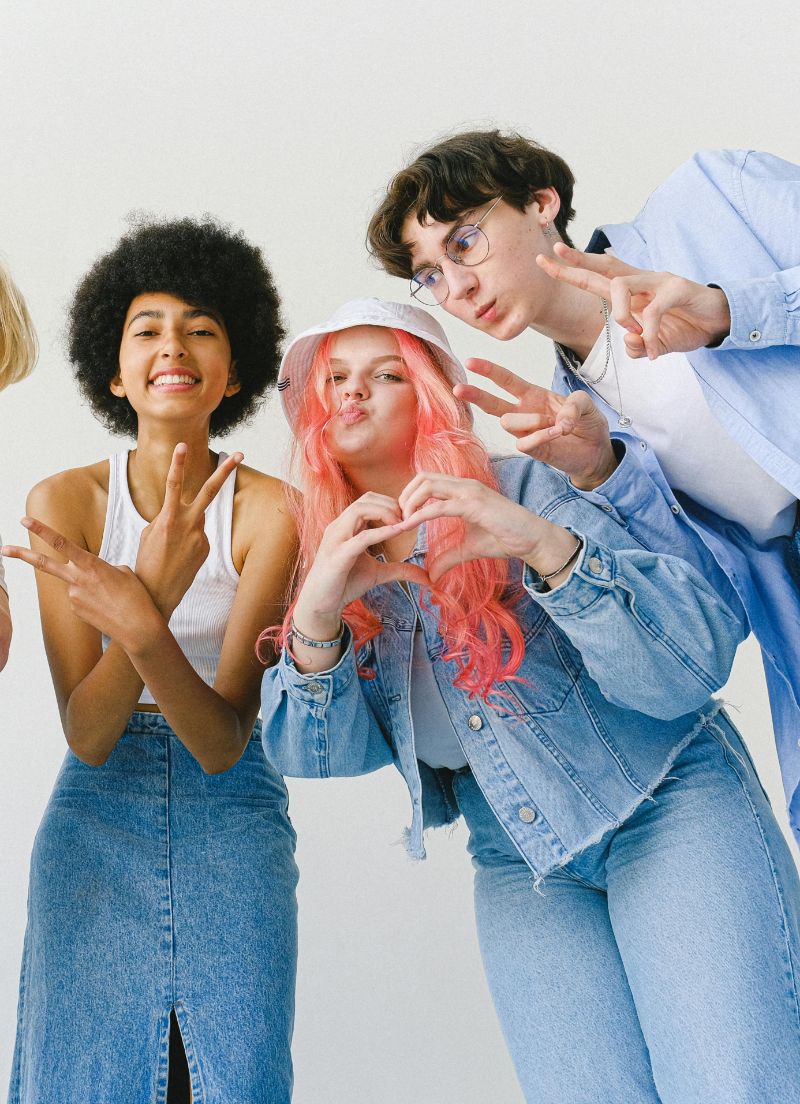Here at GTECH Designs, we strive to help impact-makers spend more time doing good, and this includes non-profit organizations. Today, we’ll explore the different colors used in logos and design, and what they mean.
Just like any other company, a non-profit organization is a brand, and like any brand, it should have an emblematic sign. The logo and even the combination of colors need to represent a value, be easily recognizable and stand out. Busy graphics and words don’t work. Here is a popular norm for choosing colors:
Primary Colors
Blue: This is the most popular color when it comes to business enterprises. It represents heavy seriousness, professionalism, communication, freedom, security, and trust. It can be used for water, peace and democracy-related organizations.
Popular examples: Make A Wish, Unicef, Center for Civil Justice, Water.org
Red: This is the most expressive color. It represents intense emotions such as passion, aggression, love, violence, power, rebelliousness, appetite, impulsiveness, and emergency. It can be used for health, food, anti-violence and lifesaving organizations
Popular examples: Red Cross, American Heart Association, (RED), ActionAid, Save the Children, Doctors Without Borders
Yellow: This bright color should be used with prudence. It stimulates attention so it should be used sparingly and in conjunction with another color, as it can be tiring. It symbolizes warmth, youth, sun, energy, cheerful emotions, organization, clarity, clearness, and caution. It can be a nice choice for organizations which try to raise awareness in the public and offer preventative services, support or fight for infrastructure and organize communities.
Popular examples: Livestrong Foundation, International Rescue Committee, Yellow Ribbon suicide prevention program, Charity: Water
Secondary Colors
Green: This color is used for nature, recycling, renewable themes, and everything else that helps sustainability and the environment. It is often used for global actions and programs and is connected with the earth, organic, growth, calmness, harmony, and money. It is successfully used for animal rights, environmentally friendly policies, and for activism.
Popular examples: Greenpeace, Humane Society International, Friends of the Earth, Nature Conservancy, Woodland Trust, Audubon International
Orange: This warm color is about children, toys, comfort, invitation and innovation. It is associated with happiness as it represents enthusiasm, rebirth, pleasure, confidence and mental health. Consider orange for children, teens, and youth related or mental health and support organizations.
Popular examples: Care.org, World Vision, Acorns.org, Girls write now, The Y (YMCA), Street Child Africa, The Michael J. Fox Foundation
Purple: Strongly connected with imagination, fantasy, and creativity, pureness, serenity, royalty, luxury and rarity. A hard to find color in a brand, it has wisdom, uniqueness, and challenge. In old times kings used to wear purple and red chitons. In fairy tales, purple is associated with magic and magical creatures. Usually, it is combined with other colors. It adds experience, knowledgeable, global and a multicultural aspect in the brand. Due to many translations, purple works best alongside with a second color and endorses it. Recommended uses are for kids, women, and maternity.
Popular examples: The Children’s Society, A March of Dimes, Starlight.org, National Women Health Network, Breast Cancer Fund
Brown: Cozy, familiar and earthy feeling. It embodies family connection, environmental growth, strong foundations, education and investment. It can easily symbolize the nurturing, family stabilization, advocacy, and environmental activism
Popular examples: OSIWA, On the Ground, Growing Gardens
Pink: Feminine and associated with female traits. Moreover, it conveys a sense of purity, which is why it can be found in association with women’s health, women’s advocacy, and romance.
Popular examples: Breast Cancer, Pink Ribbon, Bright Pink, Girls on the run, Pink Door, Think Pink Rocks, Pink Heals Foundation
Black: Mysterious, authoritative, luxurious, serious, sophisticated. Black is actually not an indication of any one color but is an absence of color. Due to the prestige and value of black, it is popular among expensive products in enterprises. It usually does not stand alone as it can be overwhelming. Other colors are accompanied and if the company wants to focus on the black, then it is matched with white. In the nonprofit sector, it implies global and established action.
Popular examples: WWF, ONE, Amnesty International, PBS, Invisible Children, WildAid
Multi: A multicolor logo has a playful, fun, multicultural and multipurpose meaning. It is suggested for organizations trying to connect people, bridge differences and create a balance among communities.
Popular examples: Global Giving, Feed the Children, Idealist, Volunteer Match
Do you have in mind any additional example of a successful color use in a nonprofit logo? Does your logo represent your values and in which ways? Let us know and share your insights with us in the comments below or join the conversation on Facebook or follow and tweet us at @gtechdesigns
GTECH Designs is a Baltimore-based web marketing firm that is committed to helping impact-makers spend more time doing good. For more information, contact us at 410-775-4100, email us at [email protected], or visit our website at www.gtechdesigns.com.



